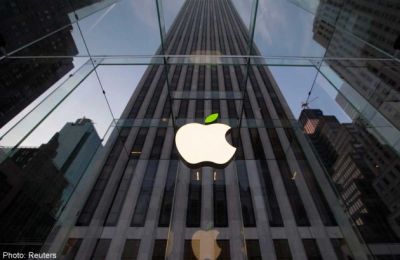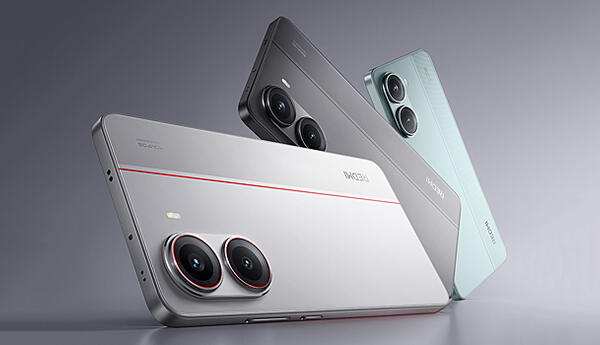Apple out to take big bites at both ends of global phone market
Apple's unveiling of the iPhone 6 and iPhone 6 Plus on Tuesday in Cupertino, California, was no different. They are brand new designs with state-of-the-art features that are cut from a different cloth and not mere upgrades of the current models, the 4-inch iPhone 5S and 5C. They are skinnier yet sport a sexy rounded design. They are more powerful and have larger 4.7-inch and 5.5-inch screens.
They complete Apple's smartphone product family. The new arrivals bolster Apple's grip at the high-end of the smartphone market, its traditional strength. The current iPhone 5S becomes the entry level to this segment, reinforcing its flank against handset makers trying to barge into this area.
But in a smart move, Apple is also taking care of the lower end of the market, where phones are US$100 (S$126) or cheaper. Apple's iPhone 5C has to compete against many low-priced Android-based phones. Apple is giving away the 5C 8MB version for free - at least in the United States. Users only have to pay for the mobile plan.
In one fell stroke, Apple is putting its phones into the hands of those who previously could not afford a high-priced iPhone.
Targeting both the high and low ends of the market, Apple is now better positioned to compete in markets like China, where it will have its best growth because of its large user base.
Already, Chinese handset makers like Xiaomi and CoolPad are chipping away at the market once dominated by Apple and Samsung. According to research firm Strategy Analytics, the four-year-old Xiaomi has grabbed 5 per cent global market share in the last three months. It has a cult-like following in China, where its phones sell in the US$100 to US$300 category, competing with Apple directly.
There is always pent-up demand for new iPhones, especially from its large base of users who will switch to the new models simply because they have arrived.
Bütün xəbərlər Facebook səhifəmizdə


















.jpg)
.jpg)
















 USD
USD
 EUR
EUR
 GBP
GBP RUB
RUB